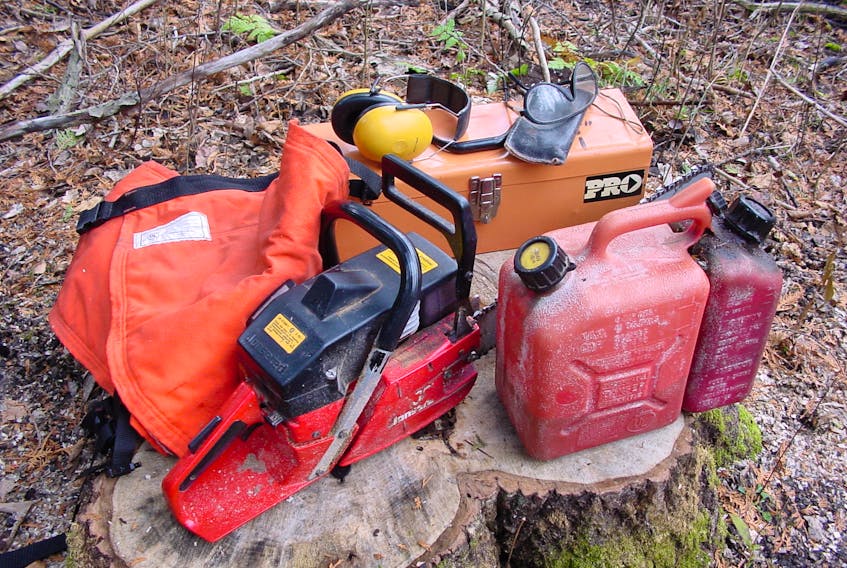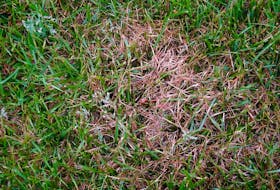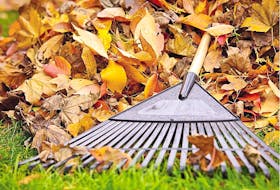Q: What dependable chainsaw would you recommend for a homeowner pruning and cutting small to medium size trees? I was thinking maybe a 14-inch to 16-inch size saw would be good.
A: That’s a great question and a surprising number of homeowners get the whole chainsaw thing wrong. The issue comes down to the fact that there are a lot of junky, frustrating small chainsaws out there aimed at homeowners. Avoid them. My recommendation is to stick with a well-known professional brand name, but just choose a small size of saw. You mentioned a 16-inch model. This is the smallest I’d recommend, even for a casual user. The dimension refers to the length of the bar that supports the cutting chain. Stihl, Jonsered, Husqvarna and Echo are all good, dependable brands in my experience. I own a Jonsered that starts and runs as well today as when I bought it in 1990. I also have three Echo chainsaws that have worked perfectly for 10 years. The bottom line is simple. If you think you need a chainsaw, it’s worth getting a professional-grade unit. It will start easier, last longer and cut stronger than bargain-basement brands.

Choosing a replacement boiler
Q: What should I choose to replace an old oil-fired boiler that’s powering my hot water heating system? Should I stick with oil?
A: If your oil-fired boiler is past prime, you should consider a propane or natural gas replacement. Natural gas has consistently been the lowest-cost option for heating for a long time now, but not all areas are serviced by natural gas. Propane is the next best thing, though considerably more expensive per unit of heat than natural gas.
Technically, you could get an electric boiler but there are two reasons not to. First, electricity is far more expensive than any of the combustion fuels for a given amount of heat. And second, even if electricity were as economical as the other options, it’s no good during an extended power outage. You’d need a massive generator to produce the electricity needed to heat your whole house electrically. By contrast, if you’re heating with oil, propane or wood, you have a large supply of energy on hand on your property. A tiny, portable 1,000 watt generator is all that’s required to operate the controls, pumps and fans that are part of the heating system if the heat itself comes from a non-electric source. Although natural gas arrives from off the property in buried lines, it will probably keep flowing in the event of a disaster that wipes out overhead power lines.
Customized deck finish
Q: Can I combine two colours of deck stain to match an area of new deck with an older wood? I’ve used Sikkens Cetol Marine Natural Teak wood finish on this deck for years and love it, but it’s not dark enough to make new deck wood match existing stuff. I’ve read your advice about using Cetol DEK in a dark colour as a first coat, followed by Cetol DEK natural on top. Do you think top coating Cetol DEK with Marine Natural Teak might work?
A: Your plan will probably work fine, but coat some samples to test. Sand a piece of scrap from your deck extension, then apply the coatings you have in mind. Put the test board on your deck out of the way and see how it weathers over winter. If the finish on your test board still looks good next summer, you can proceed with confidence. It’s too late to finish a deck before winter now anyway.









